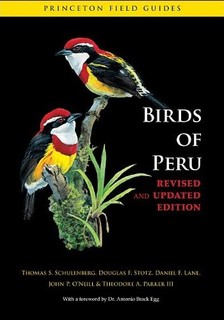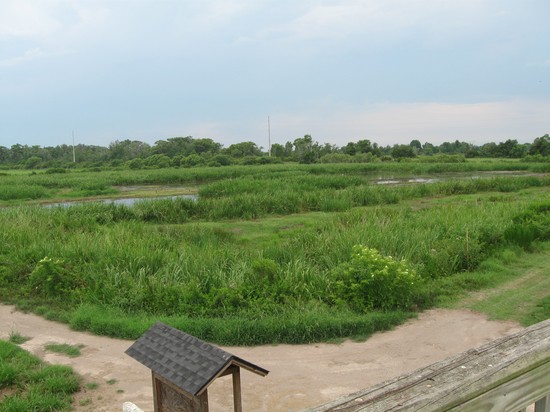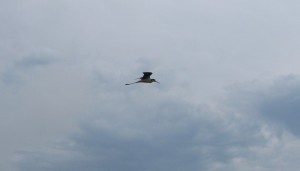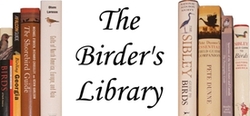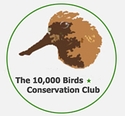Preparing for Peru: Other Books
In December, 2010 I’m heading to Peru for a birding tour with Kolibri Expeditions. Preparing for Peru is a series detailing the preparations that I’m making for the trip.
When a birder plans a trip to a new location, especially a foreign one, the first item they get is a field guide. But after that, there are still some more books needed. Here are some that I have gotten, or looked for, for my upcoming trip to Peru:
Bird-finding Guide
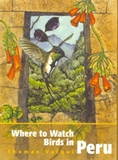 A bird-finding guide is one of the most important items on a birding trip, sometimes even more important than a field guide. After all, you need to know where to go and what to expect. The internet has lessened a traveler’s dependence on such guides, but to me, nothing can beat having a hard copy of a good bird-finding guide, such as the ABA/Lane series.
A bird-finding guide is one of the most important items on a birding trip, sometimes even more important than a field guide. After all, you need to know where to go and what to expect. The internet has lessened a traveler’s dependence on such guides, but to me, nothing can beat having a hard copy of a good bird-finding guide, such as the ABA/Lane series.
Unfortunately, it seems that Peru is without such a guide. [Update] Gunnar points out in a comment below that there is, indeed, one for Peru: Where to Watch Birds in Peru, by Thomas Valqui.[/Update] But since I’m going on a guided tour, I don’t absolutely need one. However, I would encourage anyone even on a guided tour to get a bird-finding book for your destination, if available. While preparing for your trip, they can be an invaluable resource in discovering what to expect.
Travel Guides
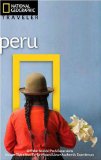
There are many travel guides to Peru, such as National Geographic Traveler
, Frommer’s
, and Fodor’s
. Like bird-specific guides, these aren’t required for those going on guided tours, but can still be helpful. Even if you don’t need one to plan your itinerary, they can still help familiarize you with the history, culture, and “feel” of the place. Since I’m not going to have much (or maybe any) non-birding time in Lime and Cuzco, I haven’t gotten one of these. But if it looks like I’ll have any city-time to myself, then I will definitely be doing some reading.
Other Field Guides
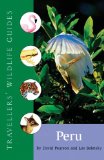
Birds aren’t the only animals I’ll see in Peru, of course. I’m really hoping for some monkeys, Giant Otter, even snakes. But that means more field guides. Luckily, Travellers’ Wildlife Guides Peru
covers a sampling of the mammals, birds, reptiles and amphibians of Peru, and probably most of the ones I’m likely to see. Well, maybe not the birds, but that’s why I have a bird-specific field guide.
Ecosystem
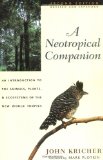
John Riutta recently wrote about some books for visitors to Panama. The ecosystem-level books he recommends – A Neotropical Companion
, A Naturalist’s Guide to the Tropics
– are also applicable to Peru. Those two are still on my list of must-read books, but I have read the similar Tropical Nature: Life and Death in the Rain Forests of Central and South America
, and it’s incredibly fascinating.
Bird Ecology
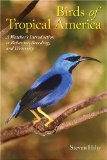
Last, but certainly not least, is Birds of Tropical America: A Watcher’s Introduction to Behavior, Breeding, and Diversity
. This is a fantastic overview of the ecology and behavior of the birds one will see in Peru and elsewhere in the neotropics. Ever wonder why there is such high bird diversity in the tropics or why they’re so colorful? Steve Hilty discusses it here. I read this book years ago, but should again to help understand the birds I’ll be seeing. It’s not enough for me to simply pin a name on the birds I see; I want to understand them as much as possible. I would recommend this book even to those not planning on birding the tropics.
If anyone knows of other books that would be helpful, please let me know.
Tags: books, Peru Posted in
Posted in 
